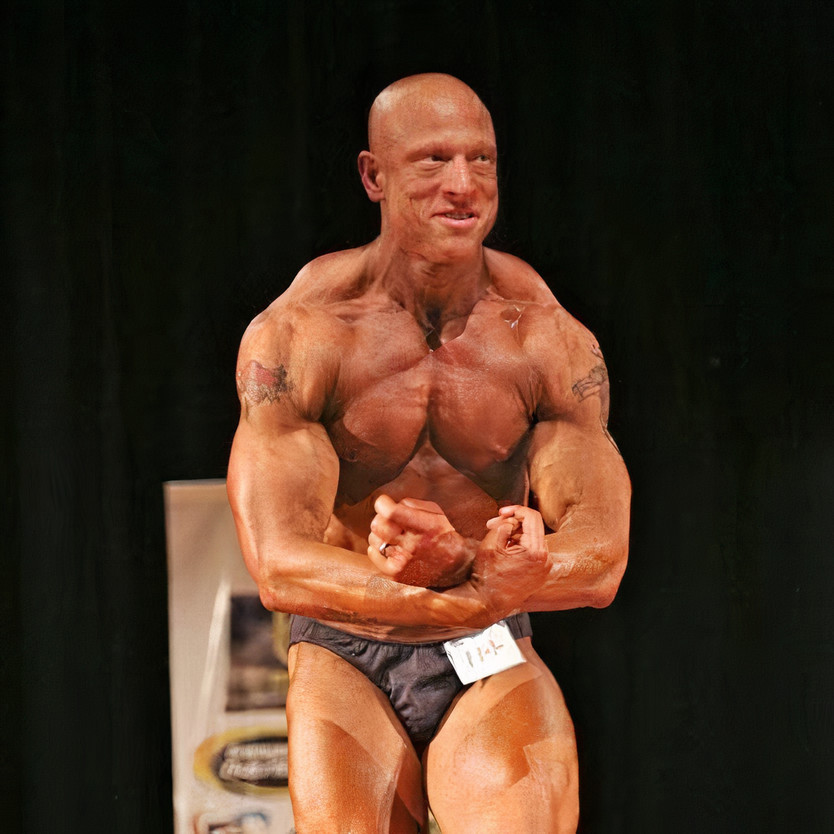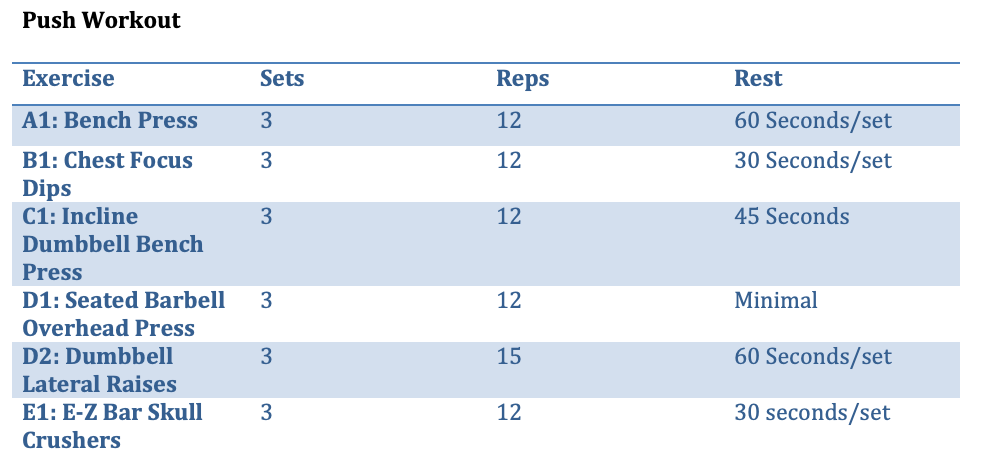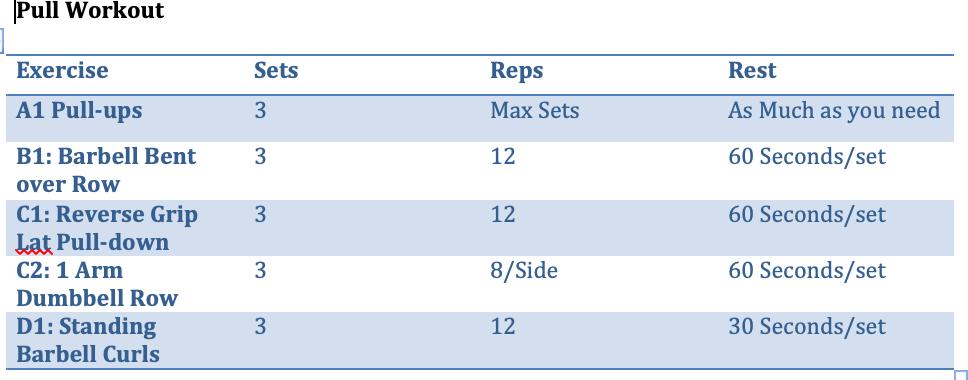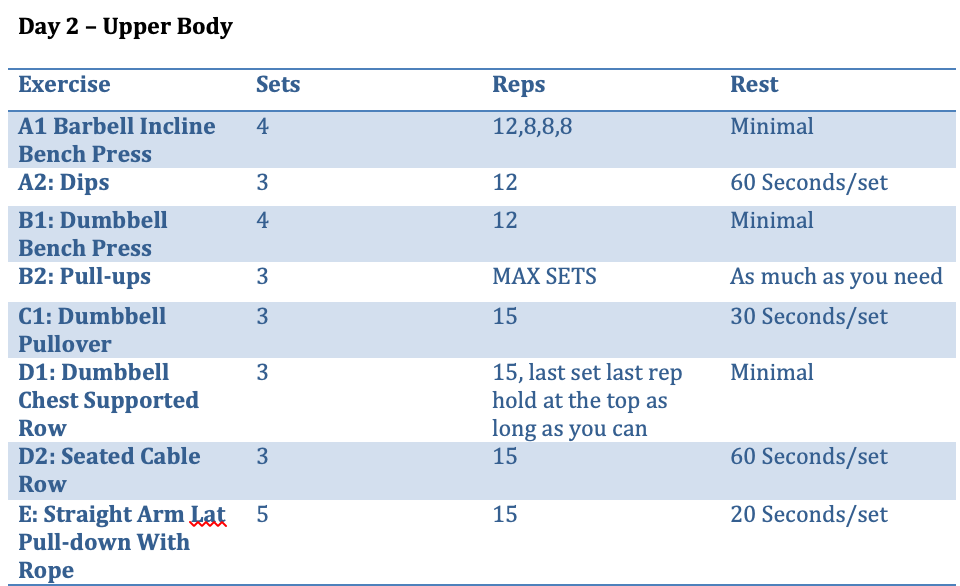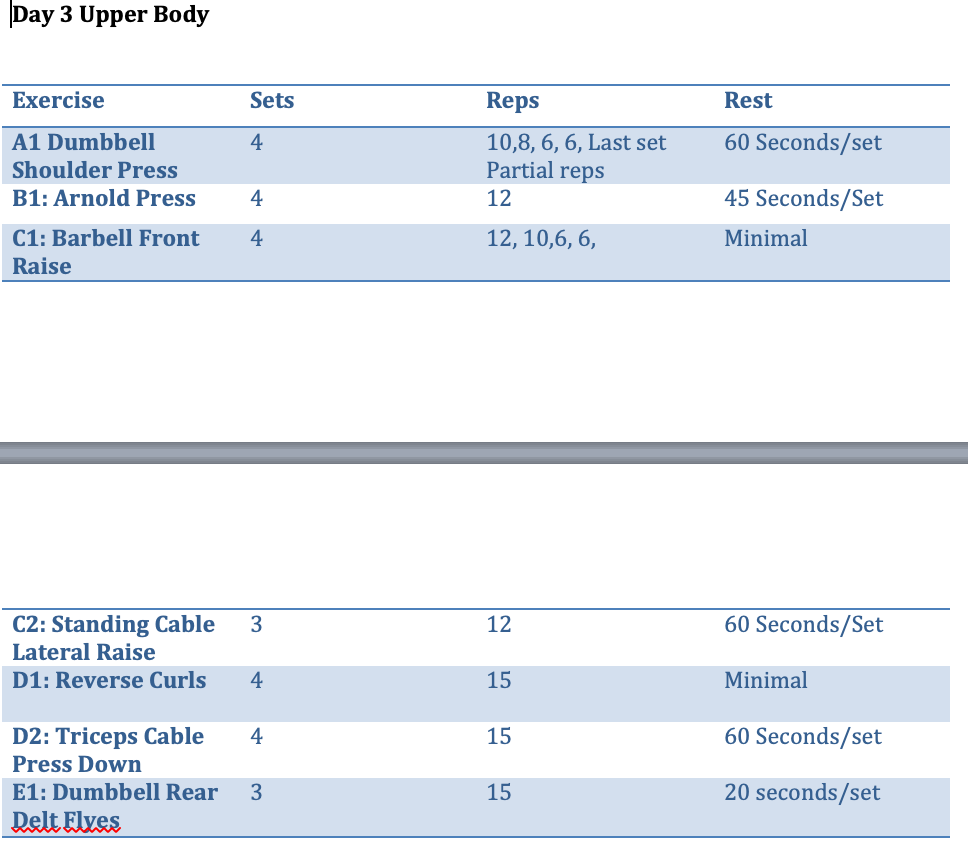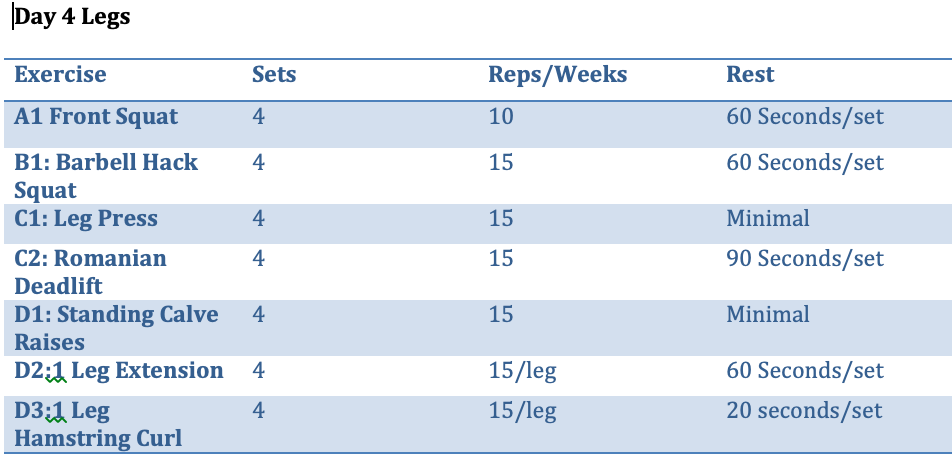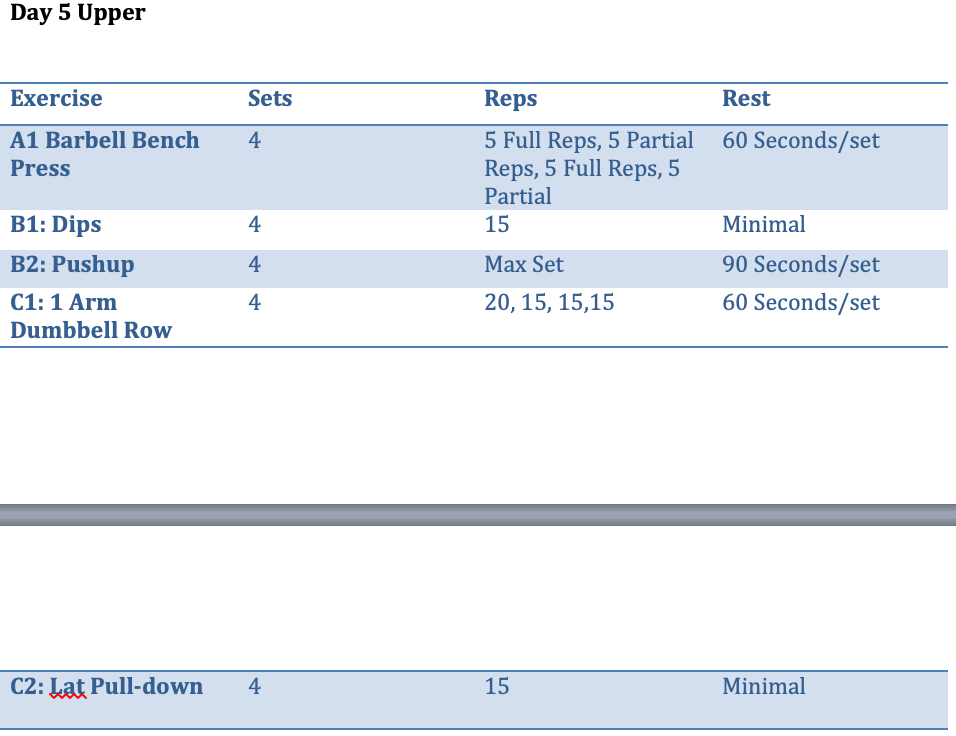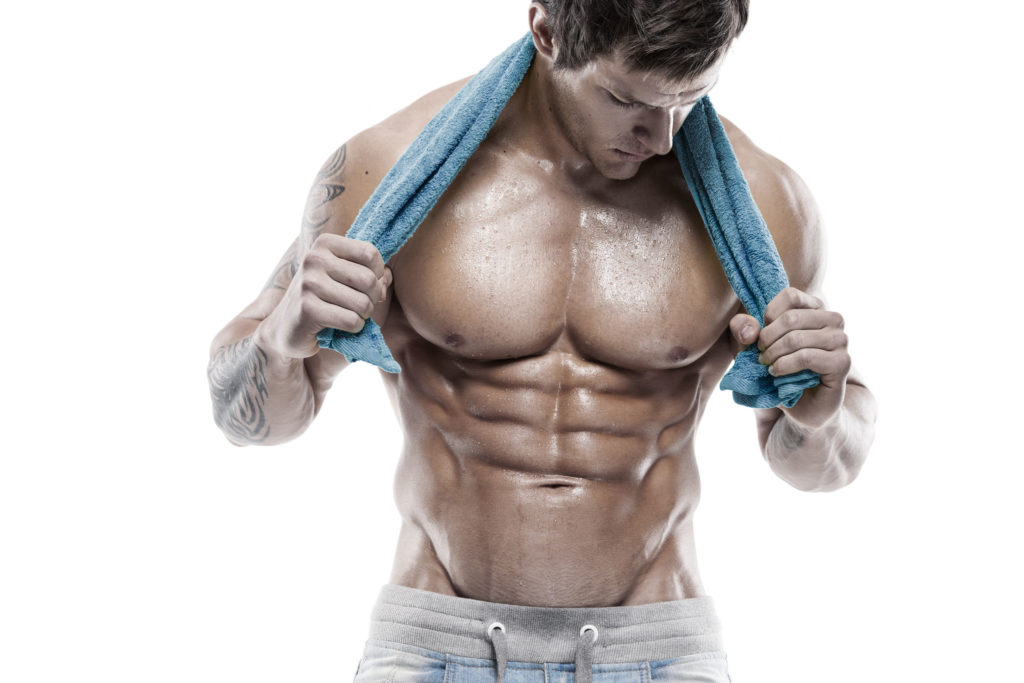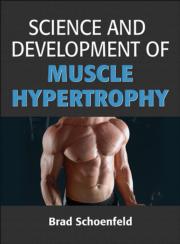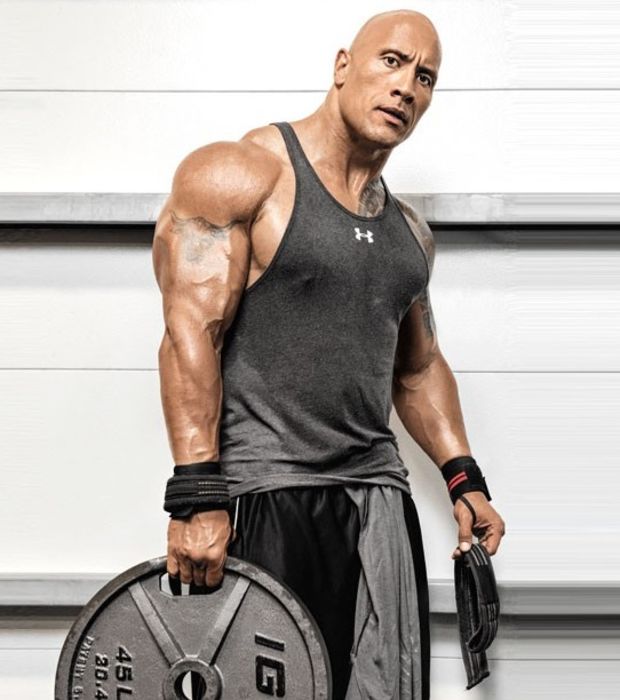Today’s guest post comes courtesy of NJ based personal trainer and strength coach, Chris Marzarella. When it comes to best practices for getting both strong and ripped you have those who feel powerlifting is the best way, and those who feel more of a bodybuilding approach is the key.
Why not use elements of both at the same time?
I.e., PowerBuilding.
Check out Chris’s program below and maybe give it a go!

Superhero Strong, Superhero Bod
Train like a superhero to get that superhero physique.
This is a high-volume training routine.
It keeps elements of powerlifting and bodybuilding, two of my favorite things aside from NJ pizza, Guinness beer, and a Cohiba Black.
Note From TG: I had a Guinness once. Key word: once…😂
I am offering you a way to keep both in a program.
You will continue to make gains using both methods.
You do not want to do this program on a cut or during a dieting phase. It is demanding. I do not suggest staying on this program for more than 16 weeks.
It…is…demanding.
You need to have calories. I would prefer you to have 35% protein, 35% carbohydrates, and 30% fats. For a quick and dirty calculation, multiply your body weight x 12. This will give you enough calories. If you fare lower with less carbs, adjust the ratio, but don’t expect to make (as much) progress with a low(er) carb approach.
And please, for the love god, do not attempt this program following a keto approach.
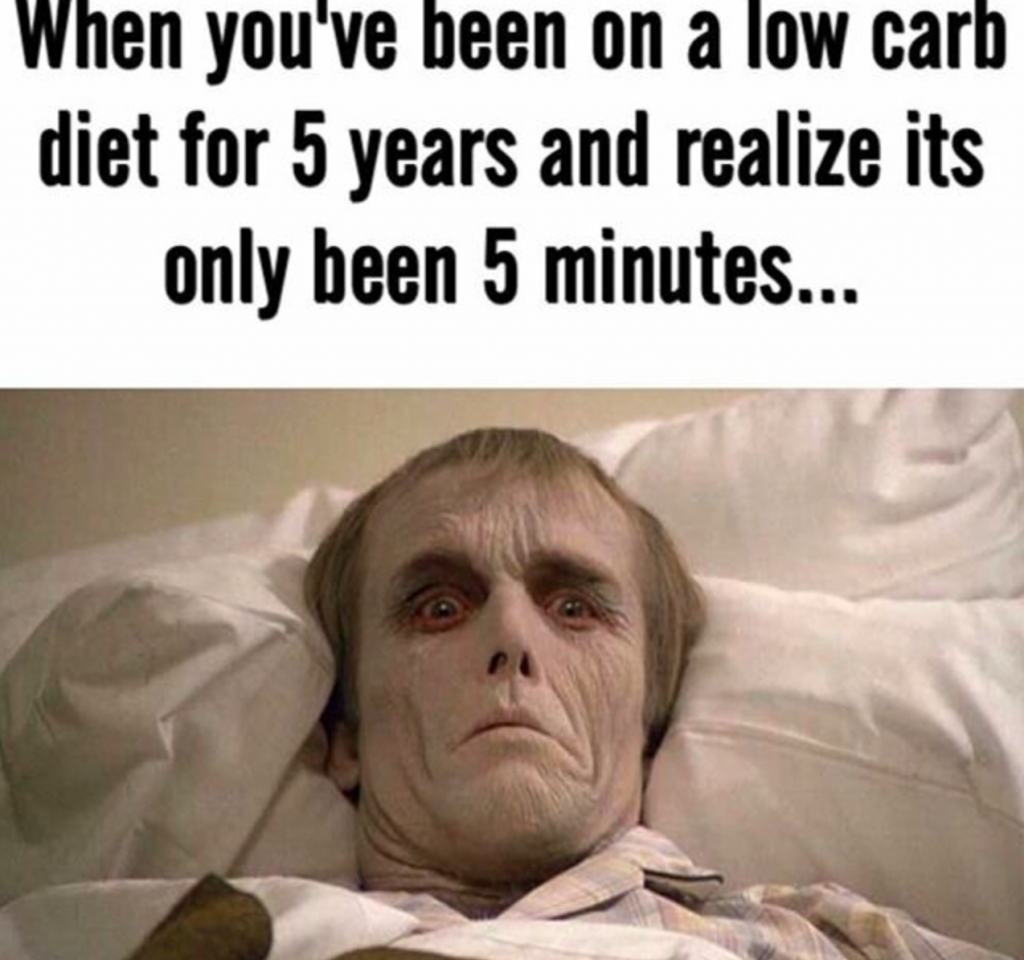
Higher volume requires more calories for optimal recovery. If you try to do this cutting a dieting phase, you are shortchanging your results. Why put yourself through hell and not have enough brick and mortar to build that house of your dreams?
Conjugate Method
The conjugate method is born out of both Soviet Union and Bulgarian training systems. It was popularized by legendary powerlifter and coach, Louie Simmons of Westside Barbell.
The foundation of this program is centered around selecting a compound move and trying to progress each each week by even a small amount of weight.
The format of the conjugate week looks like this:
- Maximum effort upper (Bench Press variation)
- Maximum effort lower (Squat / Deadlift variation)
- Dynamic effort upper
- Dynamic effort lower
In this program you will stay on a lift for a period of one to three weeks.
Even if it’s a 2.5 lb. gain, it’s STILL progress.
Another thing to consider, and something that’s often glossed over, is FEEL of a set. Technically, you can stay with the same load for multiple weeks and just focus on making that load feel less effortful.
That’s progress too.
However, the main concept to anchor in your mind is that even a seemingly small increase is still an increase.
To that point, you may want to consider purchasing a cheap set of fractional plates.
After one to three weeks, you’ll change a small component of the lift.
From there you will want to consider varying your lifts slightly every few weeks.
If you did a competition bench press, change the grip to a narrow grip or something that makes it different. If you did a competition squat with a belt, train without a belt. Change the first bench press into an incline bench press. A back squat can now become a front squat.
The choices are endless.
The Format
We will keep the two max effort days the same. We are going to use higher volume with a push-pull-legs format for the latter half of the week so that it looks like this:
- Day 1: Max Effort Upper
- Day 2: Max Effort Lower
- Day 3: Rest and Recovery
- Day 4: Push
- Day 5: Pull
- Day 6 : Legs
- Day 7: Rest and Recovery
The Program
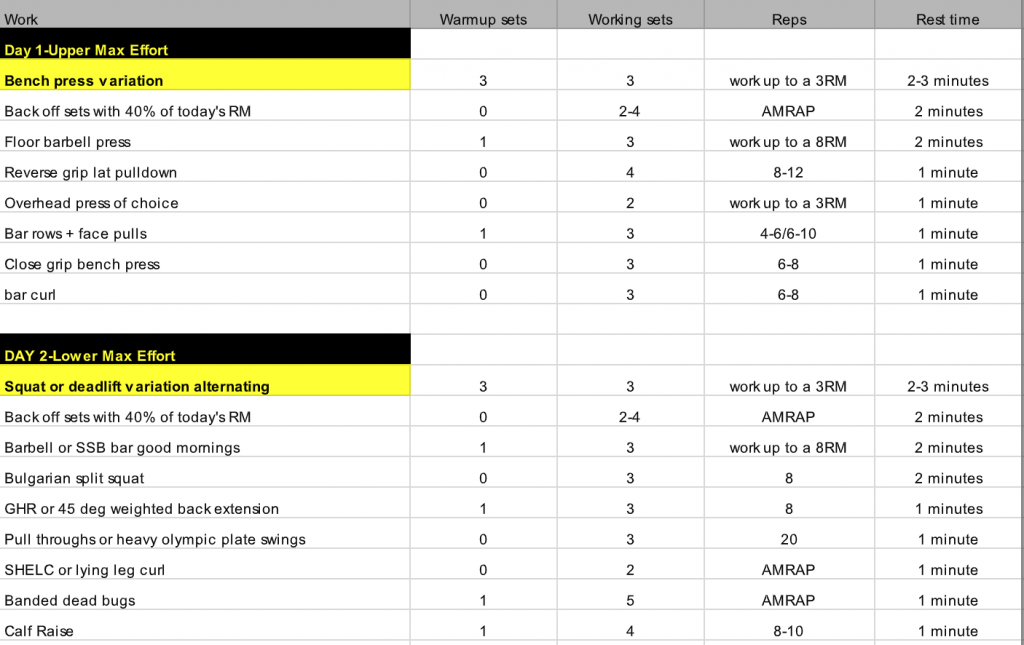
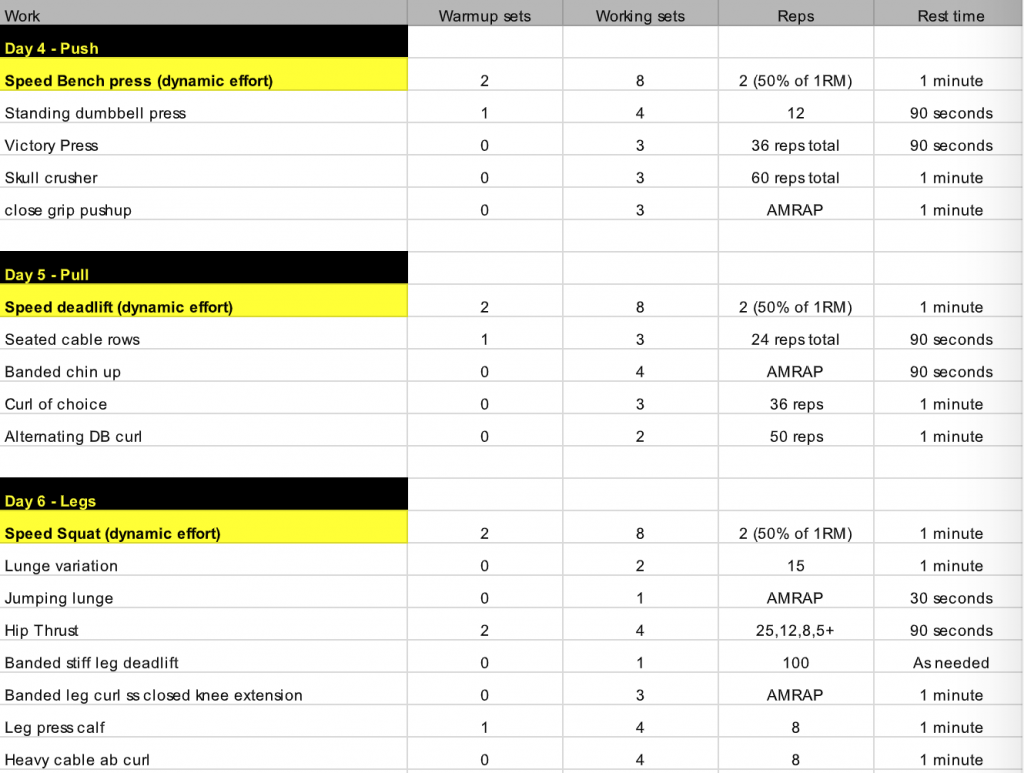
Recovery Day Options
Warm-Up: 3 Minutes on bike, elliptical, or walk outside.
Agile 8: HERE
15 Minutes HIIT: Choose one of the following modalities:
- Tire flip: Set timer for 15 minutes, and flip the tire. Rest only as needed.
- Sprints on Elliptical: Warm-up two-minutes, high burst intensity for 20 seconds/low intensity 40 seconds, repeat ten times, cool down for three minutes
- Ball Slam – 15 seconds slam the ball/45s rest – repeat 15 times.
- Sled Push – Set a timer for 15 minutes. Walk with bodyweight amount on sled. Rest as needed.
- Battle Ropes – 20 seconds high intensity/40 seconds rest – repeat 15 times.
Workloads in the beginning of the week will focus on the compound lifts and getting you stronger. So, think: squat variation, deadlift variation, and bench press variation.
Your accessory work (subsequent exercises) should focus more on your weak points and/or technique flaws with the main lift(s).
For example, if your glutes are weak, select an exercise (after the main lift) that targets that weakness. If your shoulders are the weak point on your bench press, select an overhead press variation.
The program above should serve more as a template than something that’s set in stone.
Variations
Don’t go so far away from your primary lift movement pattern that you use three or more modes of overload.
Don’t use a Swiss ball, plus bands, plus a barbell, while using a Slingshot to vary the basic bench press. What do you think this is…
…Instagram?
Instead, change your grip, use a different range of movement like an incline bench. Change the rep tempo, pause inside of the rep.
Anything can work to continue training the basic movement.
One small tweak is all you need to count as a variation.
If you squat with a belt, spend three weeks squatting without a barbell. Maybe consider performing a Pin (or, Anderson) Squat.
Paused squats, slight changes.
As far as deadlifts are concerned, you can choose to deadlift off blocks. Deadlift with a squat shoe, use a Trap Bar, deadlift with a band around your waist and planted into a power rack.
How about Slow Start Deadlifts?
Changes need to match the lift.
Getting Stale On Accessory Movements
Change a little something about the lift.
For example, if you are doing a good morning, but not progressing, change the movement to a stiff leg deadlift. You still have that hip hinge, but you are changing it enough to create a new stimulus.
Give the exercise time to work.
Do not change it every three weeks. Stick to it for 4-6 weeks.
Final Details
- Where you see AMRAP sets, stop one or two reps shy of failure. Don’t go bananas. You are risking injury.
- Where you see total rep numbers, I like to get as many reps as possible on the first set. Then whittle it down to a total of reps needed.
- Unsure of when to move up the weight? Use auto regulation. Do the required amount of reps for the sets. On the final set, take it to failure. If you get 2-3 additional reps, add 5 lbs next time. If you get more than that, add 10 or more. Choose wisely or you risk injury.
- Plan a recovery workout. It should include a HIIT training session, a series of stretches, mobility work and a cool down period.
Give this program all you have for twelve weeks.
Remember: Treat it as a template. I encourage you to change things to fit your injury history and ability level. The important thing here is the structure.
Seriously, twelve weeks.
Go hard, but be smart (and consistent). Boring often works the best anyway.
You’ll be strong AF and looking like Batman (the Affleck Batman, not the puny Keaton one) in no-time.
About the Author
Chris Marzarella is a trainer and strength coach and owns a studio located in Brick, NJ. He is available online and in person in Ocean and Monmouth County NJ.
He runs a dry land strength and conditioning camp in Tinton Falls at Rock Sports Club. The program is for young swimmers with the NJ Racing Team. He has trained clients and athletes for over 25 years. He is also a competitive NPC classic physique athlete.
He can be reached at www.marzarellafitness.com
